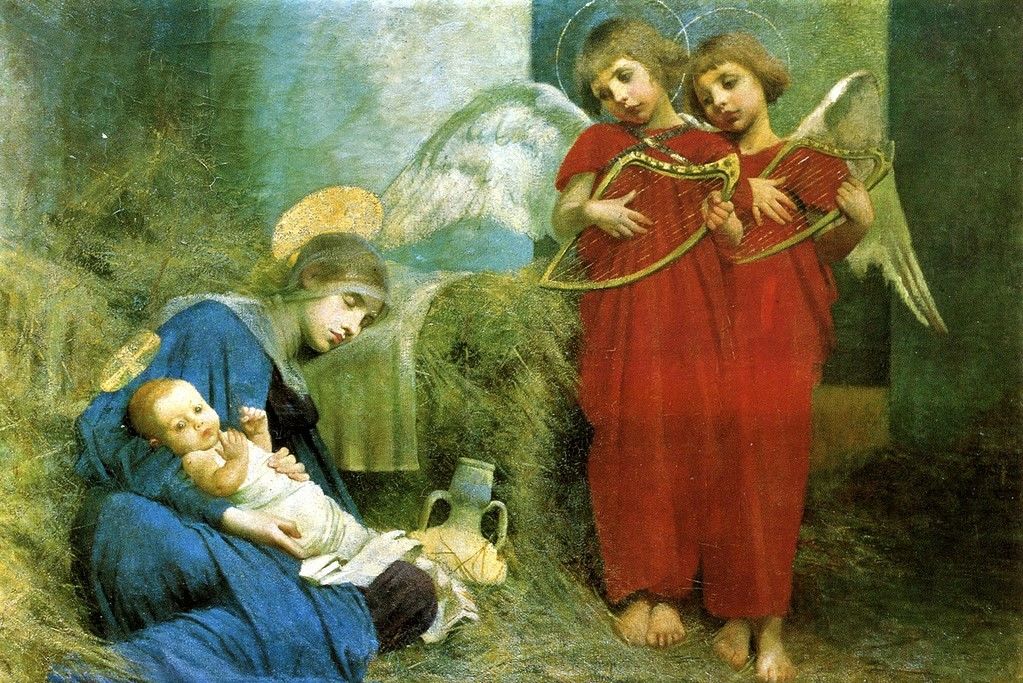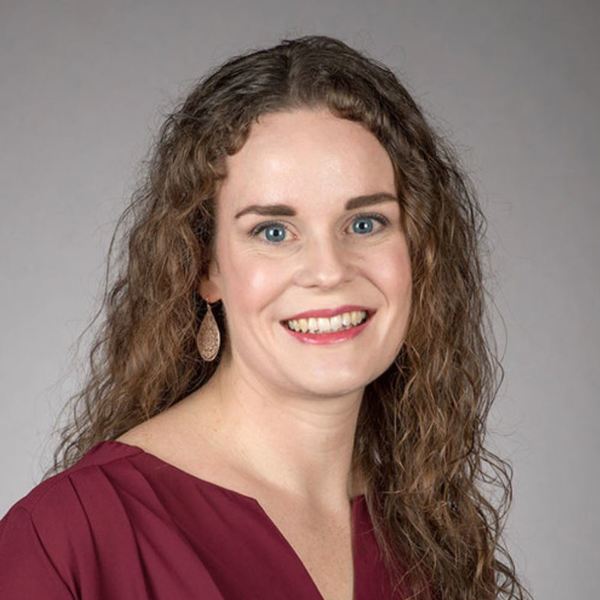“Musick has charms to soothe a savage breast.”
—William Congreve, The Mourning Bride (1697), Act I, Scene I
Music seems to possess a boundless capacity to ease the suffering of a wounded heart. Whether at a funeral, a prayer service in the wake of a local or national tragedy, a reconciliation service, a regular Sunday Mass in Ordinary Time, or even in the car on the way home from work, music speaks to the heart in ways mere words never could, often requiring no words at all to bring a sense of peace and solace to those who suffer from emotional, spiritual, even physical wounds. Why?
Woundedness, at its core, is the result of disintegration. There has been a rupture of some kind, and life’s relative equilibrium has been suddenly and perhaps even violently thrown out of balance, leaving a person feeling like she is no longer herself, like she no longer even knows who that self was in the first place. This spectrum of disintegration is vast and varied, including anything from minor events like a stressful day at work, to more upsetting incidents like a fight with a friend or significant other, to far more traumatic episodes like a life-changing medical diagnosis or the death of a loved one. Each of these possibilities, and the innumerable others like them, involves a disruption. Where once there was familiarity and order and wholeness, now there is only uncertainty and chaos and fragmentation.
Music provides an antidote to the feeling of disintegration caused by the wounds life inflicts on everyone at some point or another, because music is, of its very nature, an ordering of sounds, as opposed to mere noise, which is cacophonous disorder. Music is the arrangement of specific frequencies into certain patterns and relationships that create resonance, harmony. It is the establishment of stasis, the introduction of tension, and the transfiguration of that tension into an edifying resolution. For the Christian listener, this overarching structure of most Western music provides a beautiful reflection of the Paschal Mystery, wherein the wound caused by sin was definitively healed and the rift between God and humanity was reconciled in Jesus Christ.
When we encounter this structure of stasis–tension–resolution in music, we, too, must bear the Paschal Mystery in mind: we must die to ourselves in order to enter into the listening experience more fruitfully and open ourselves up to being transfigured by that experience. We cannot impose our own order on the music we hear. Instead, our order must give way to its order. What is more, the fact that music only unfolds in time resonates with the reality that healing only takes place in time. As we listen to music, we cannot constrict or expand it to fit our own sense of time, any more than we can control the amount of time it will require for our broken hearts to be brought back to wholeness. Our time must give way to music’s time. This giving way is what lies at the heart of feeling enveloped, even swaddled, by music. When we stop trying to control it, to grasp it, and are able to simply surrender to its logic, we allow music to wrap us in itself and carry us along as it makes its journey through tension to resolution. In other words, when we give over our will to music’s order, we open ourselves up to being reintegrated, even healed, by its harmony and resolution.
This power of music to reintegrate the heart and mind and body is not restricted to any one compositional style or formal genre; different kinds of music will resonate differently in the hearts of different people, and this is as it should be, for just as there is no one-size-fits-all approach to healing, nor will there be a one-music-fits-all approach to any one person’s wounds.
Personally, when the workday is stressful, I listen to Baroque music as I travel to and from the office (especially anything by Johann Sebastian Bach). I revel in the methodical logic of this ornate music and its adherence to the strict rules of counterpoint. Yet I also marvel at its intricate playfulness and its ability to move my heart, even in a seemingly restricted form. As I listen, as I allow myself to be conformed to the order of this music—I can almost feel the fragmented parts of my frazzled brain being gently put back into place. My blood pressure lowers, my shoulders relax, and my entire being sinks into a feeling of restoration.
On the other hand, when I’m faced with an existential crisis, I’ll turn to acoustic folk music by artists like Josh Ritter or The Wailin’ Jennys. The simplicity of the instrumentation and harmonic structure, coupled with the integrity of the melodies that sound like they were written long ago, helps me to take a mental step back in an attempt to gain perspective. For the emotional traumas that have accompanied difficult milestones like the deaths of loved ones, I find the greatest solace in chamber or orchestral music from the Romantic period or later (Ralph Vaughan Williams’ The Lark Ascending is a particular touchstone here): its emphasis on expressiveness allows me to vicariously give voice to sorrows too deep for words, and in the process, helps to alleviate those sorrows.
Human beings have long intuited music’s power to heal, and as we become more fragmented, more disintegrated in the fast pace of today’s world, music’s capacity to reintegrate the various facets of our being will become all the more important for human health and flourishing. What will also need to be regained, however, is our ability to listen. Music can only help with the healing process if we are quiet enough—and, more importantly, free enough from distractions—to give our whole selves over to listening. So often we encounter music as something ubiquitous, in the background; something to occupy the time or keep us from getting bored; something played to drown out noise (which, really, just results in more noise).
In order for music to have a chance at becoming an instrument of healing, we must first make a sacrifice by giving it our whole attention.
This discipline is the first step in giving over our order, our time, our will, and allowing the music to sweep us up into its order, its time, its logic, so that we can then allow it, like Lent, to put back together whatever has been broken, to transfigure the tension in our lives into a peaceful, glorious resolution.

